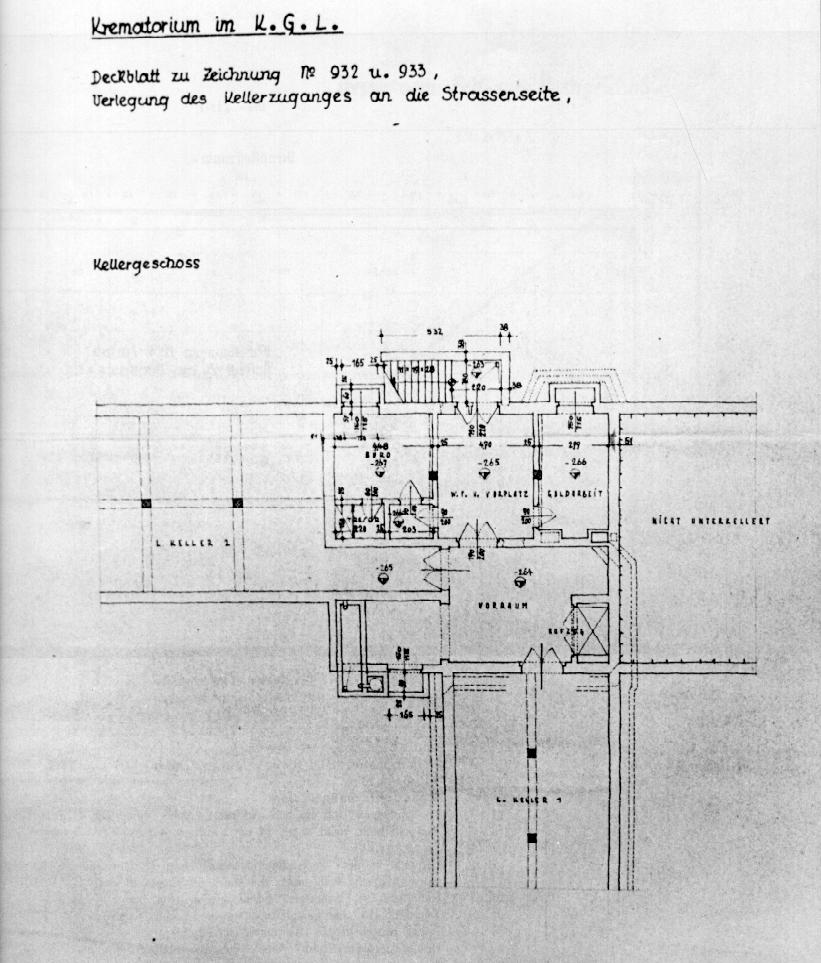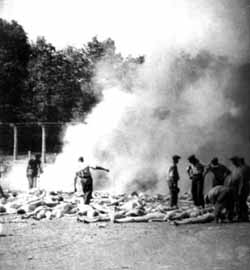|
|
|
| "Krematorium II functioned as a homicidal gas chamber and incineration installation from March 15, 1943, before its officially coming into service on March 31, to November 27, 1944, annihilating a total of approximately 400,000 people, most of them Jewish women, children, and old men." |
|
| "Krematorium III was used in a similar fashion from June 25, 1943 to November 27, 1944. killing approximately 350,000 victims. Approximately three-quarters of the Jewish victims of KL Auschwitz-Birkenau were gassed and reduced to ashes in these two buildings." (Pressac, Jean Claude, Auschwitz) | |
|
Hydrokop Tests |
|
| "In 1965, Hydrokop, a chemical mining enterprise based in Krakow, was commissioned by the Auschwitz-Birkenau State Museum to carry out Geological tests at Birkenau aimed at determining the locations of burning pits and pyres. Specialists of Hydrokop bored 303 holes up to 3 meters deep. Traces of human ashes, bones, and hair turned up in 42 sites. Documentation of all the holes and diagrams of their distribution are preserved in the Conservation Department of the Museum." (Franciszek Piper) |
Jewish people gassed to death |
|
Auschwitz Construction Documents |
|
|
Crematorium II " The evolution of the Auschwitz concentration camp is captured in the hundreds of architectural plans the Germans forgot to destroy and the Poles and Soviets preserved the archives in Oswiecim and Moscow. A unique historical source, these materials are part of the archive of Zentralbauleitung der Waffen SS and Polizei, Auschwitz O/S. For while the Germans burned the archives of the camp Kommandatur prior to their evacuation from Auschwitz in January 1945, as Allied bombs helped them accomplish this same task as SS headquarters. In Berlin, the archive of the construction office, some three hundred yards away from the Kommandatur, was overlooked and remained intact. There is no similarly complete archive from any other concentration cam, and none of the administratively less complex Operation Reinhard death camps under the control of Odio Globocnik ( Belzec, Sobibor, Treblinka) generated such documents." ( Dwork Van Pelt) |
|


